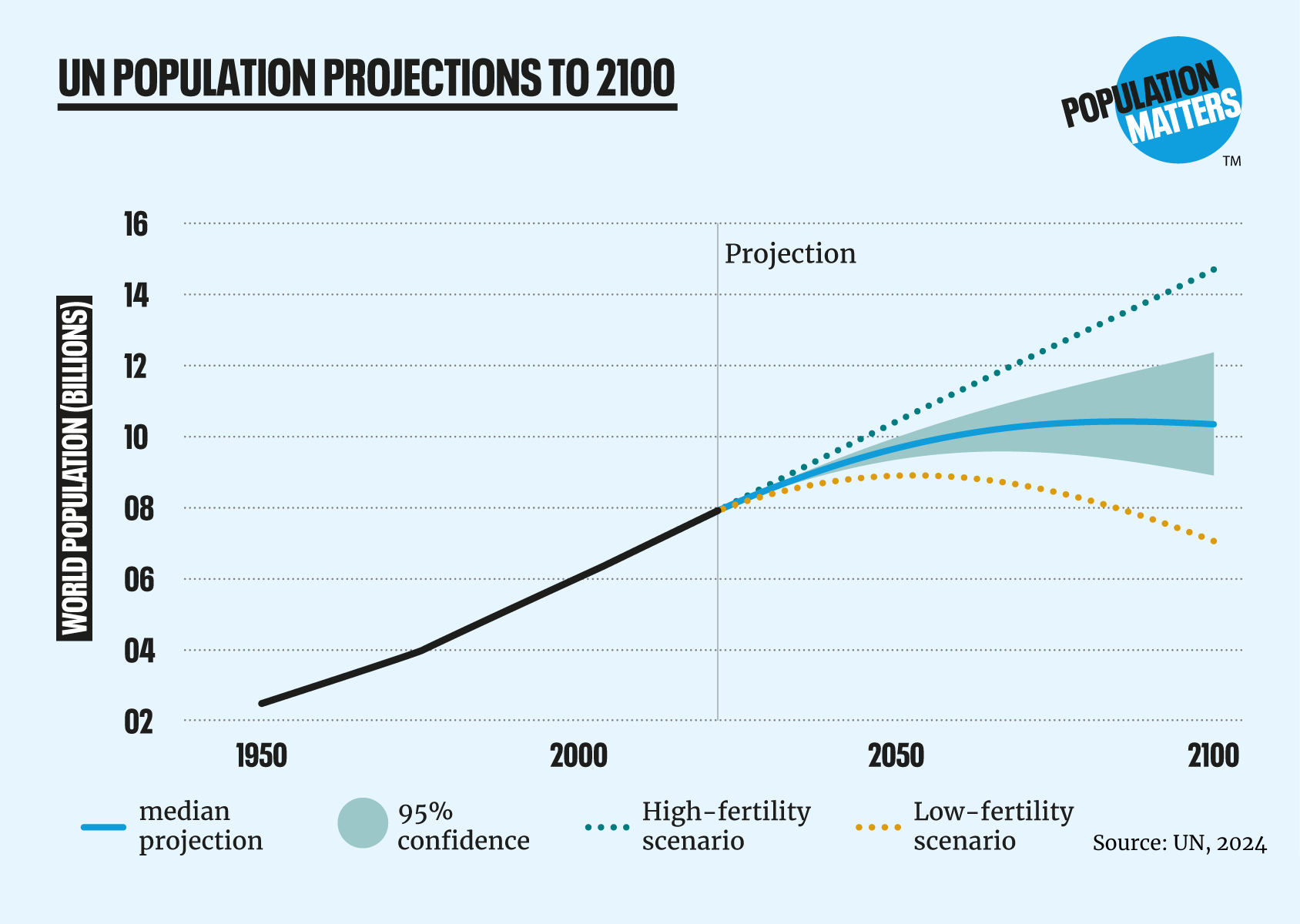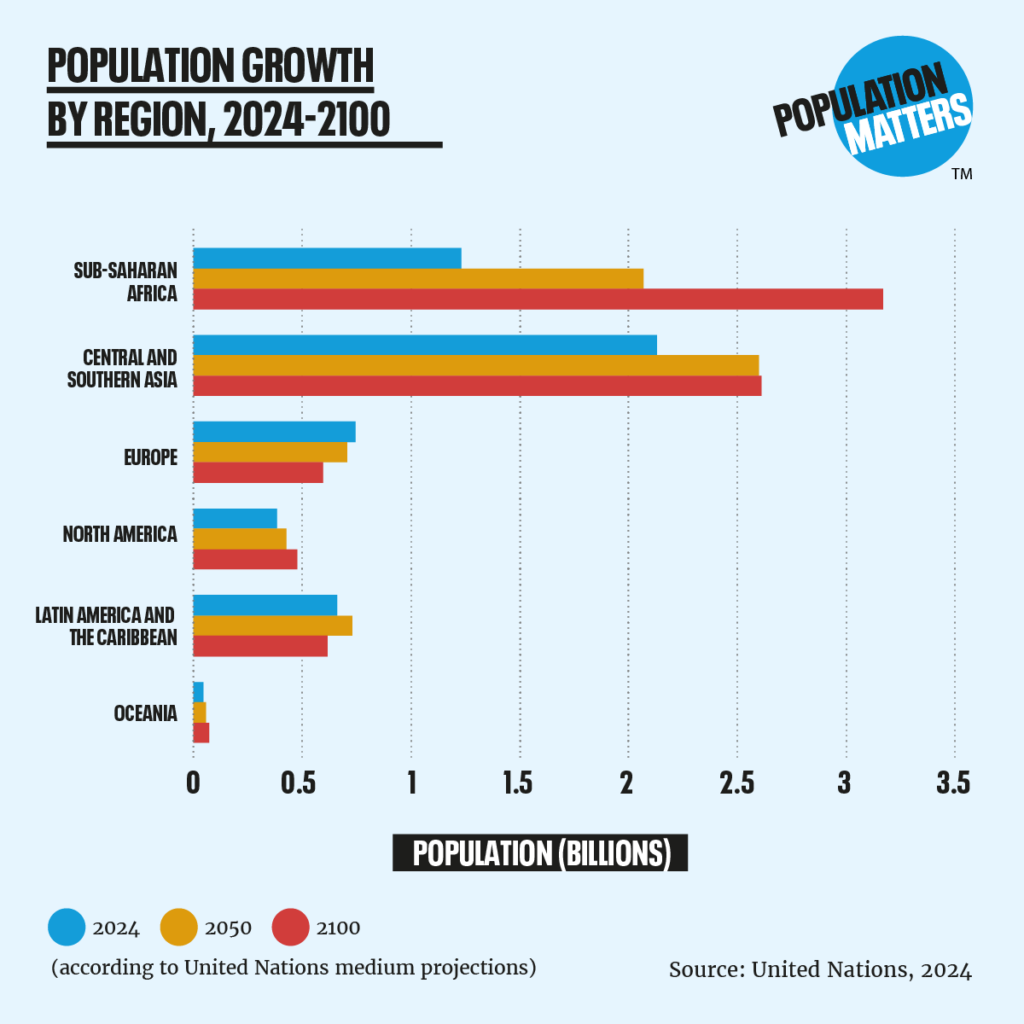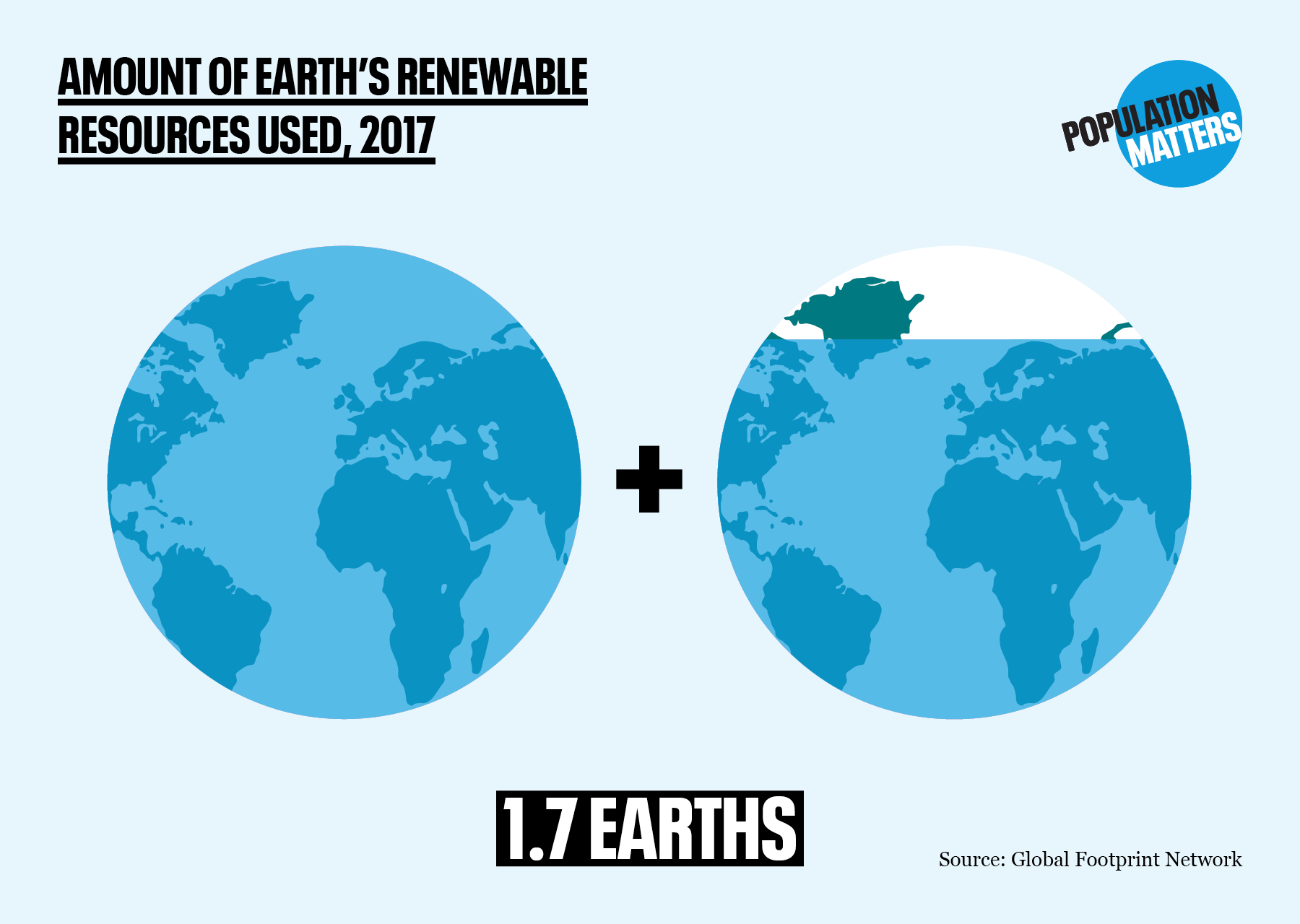
Fact Check: “The global fertility crisis is worse than you think”
The Spectator, a weekly British news magazine, has published an article falsely claiming that the global population will decline when the United Nations’s (UN) latest projections predict we’re on track to grow to 10 billion. Campaigns and Media Officer Madeleine Hewitt responds with a detailed fact-check debunking the article’s claims.
In its latest issue, The Spectator has published an article, The global fertility crisis is worse than you think. The author asserts several false and misleading claims on population growth and the trend of lowering birth rates. Due to several misleading claims within the article, we’ve composed a fact-check in response.
Below you will find a series of selected statements from the article with a direct response applied to each one.
Fact-check:
For the first time, humans aren’t producing enough babies to sustain the population. If you’re 55 or younger, you’re likely to witness something humans haven’t seen for 60,000 years, not during wars or pandemics: a sustained decrease in the world population.
Jesus Fernandez-Villaverde
FALSE
The average life expectancy of a woman in the UK today is 83 years. That means a 55-year-old in 2024 will likely live until about 2051, some 30 years before the global population is due to peak, according to the UN’s 2024 Population Prospects.
Most people under 55 will see the world population reach 10 billion by 2061. That’s an increase of 2 billion people in less than 40 years.
By the end of this century, there will be more people on the planet than at the start of it.

According to the UN World Population Prospects, the global total fertility rate last year was 2.25 – a little above the replacement rate. But the UN was wrong. It’s not easy to calculate the figure because there’s a lack of statistics in many countries. In others, political constraints bind the organisation. For many places with reliable records, last year’s birth numbers were between 10 per cent and 20 per cent lower than UN estimates. In Colombia, the UN estimate was 705,000 births. Yet its national statistical agency counted 510,000.
Jesus Fernandez-Villaverde
MOSTLY FALSE
The total fertility rate is a measure of the average number of children a woman of a selected cohort is predicted to have over the course of her reproductive years (assuming average life expectancy and no issues with infertility). It is expressed as the average number of children per woman.
The birth rate is a measure of the number of live-born births in a year.
To conflate total fertility rates and birth rates as the same thing is misleading and serves to falsely undermine the authority of the UN’s data on global fertility rates.
The United Nations Population Division releases a set of data on global population predictions every two years. You can read our analysis of the 2024 World Population Prospects here.
While other organisations also make detailed population projections, the UN’s have traditionally been seen as the most authoritative and have a good track record of accuracy on the global scale.

The UN’s track record
An independent study conducted by Our World in Data found that, on the global scale, most of the UN’s historical projections for global population were close to the final figure, even when projecting three to four decades in the future. Most projections differed from the latest estimates by just one to two per cent.
However, the UN’s predictions for total fertility rates and predicted birth rates for individual countries tend to be less accurate.
Our World in Data found that the UN over- and under-estimates of particular populations cancelled each other out, leading to a total figure that is more accurate than it was for individual groups. For example, an overestimate of the population in Asia could be partly cancelled out by an underestimate in Europe.

Therefore, whilst the UN can be cited as predicting trends in global population growth accurately, it is not as accurate in predicting individual countries’ population trends. The article’s comparison of the UN’s estimate of birth rates v recorded birth rates in Colombia reflects this inaccuracy on the national scale.
However, to use this as an example that all the UN’s data on population must be wrong falsely represents the fact that the UN has been proven to be an accurate authoritative body when it comes to predicting total population growth on the global scale.
This doesn’t mean the global population is already falling. ‘Demographic momentum’ means that women born in the 1990s and 2000s are currently having children, while their parents’ generations haven’t yet died. Longevity, meanwhile, is increasing. So although global births are falling, they still exceed deaths. At present rates the human population will peak in around 30 years. Then start plummeting.
Jesus Fernandez-Villaverde
FALSE
The global population is expected to peak at 10.3 billion in the next 60 years, and after that, it’s predicted that the global population will plateau and then gradually decline to 10.2 billion by 2100.

We know less about Africa because of poor quality data. The available evidence, however, suggests it’s undergoing a rapid decline: where we do have more reliable information – Egypt, Tunisia and Kenya – it shows fertility rates plummeting at an unprecedented pace.
Jesus Fernandez-Villaverde
FALSE
More than half of the people added to the world’s population over the rest of the century will be in sub-Saharan Africa.
The fertility rate remains high in most African countries. In 2024, the fertility rate in Africa was 4.1 children per woman. By 2030, fertility in Africa is projected to decline to around 3.8 births per woman.
Due to its high fertility rate, sub-Saharan Africa has a very young population: 70 per cent of the population is less than 30 years old. That means that a large proportion of people are entering their childbearing years, and demographic momentum will mean that the population will keep growing even as the fertility rate lowers due to positive signs of development.
This will contribute to Africa’s rapid population growth, expected to double to 2 billion by 2050.

Environmental concern is a ‘luxury good’: we do it more when prosperous. Voters in 2050 in a country with acute budgetary problems caused by an ageing population will care a lot less about global warming.
Jesus Fernandez-Villaverde
FALSE
The World Economic Forum predicts that by 2050, the climate crisis could cause an additional 14.5 million deaths, $12.5 trillion in economic losses and $1.1 trillion in extra costs to healthcare systems around the globe. In this scenario, it seems doubtful that voters in 2050 will “care less” about the predicted catastrophic effects of the climate crisis.
“Environmental concerns” do not exist only in the span of human attention, but rather our real, pressing issues degrading the natural systems that we depend upon to survive.
Prosperity does not solve environmental crises. Rather it has caused them, as our current economic and social systems focus on continuous population and economic growth has led to humanity demanding more resources than the earth can sustainably provide – demanding the equivalent resources of 1.7 earths.

The triple planetary crisis (climate change, accelerating biodiversity loss, and increasing pollution and waste), is the direct result of humanity’s unsustainable demand for natural resources.
“Globally, Gross Domestic Product (GDP) per capita and population growth remained the strongest drivers of CO2 emissions from fossil fuel combustion in the last decade.” – Intergovernmental Panel on Climate Change, Sixth Assessment Report, Climate Change 2022: Mitigation of Climate Change.
An ageing population is a more manageable, solvable problem than the climate crisis. An ageing population can be adapted to policies that invest in skills retraining and lifelong learning, harnessing the potential of a multigenerational workforce where older people still want to work.

FINAL THOUGHTS
The above claims in The Spectator article don’t just get the facts wrong on population, but form part of a wave of pronatalist articles falsely scaremongering that low birth rates are a cause for alarm when instead they should be celebrated.
We should celebrate low birth rates as it means more enlightened, empowered women who have agency over their lives. Women who are educated, employed and have limited barriers to accessing modern contraception.
And instead focus on how ending global population growth and reducing our overconsumption of resources are key to solving the environmental crises the world faces.


